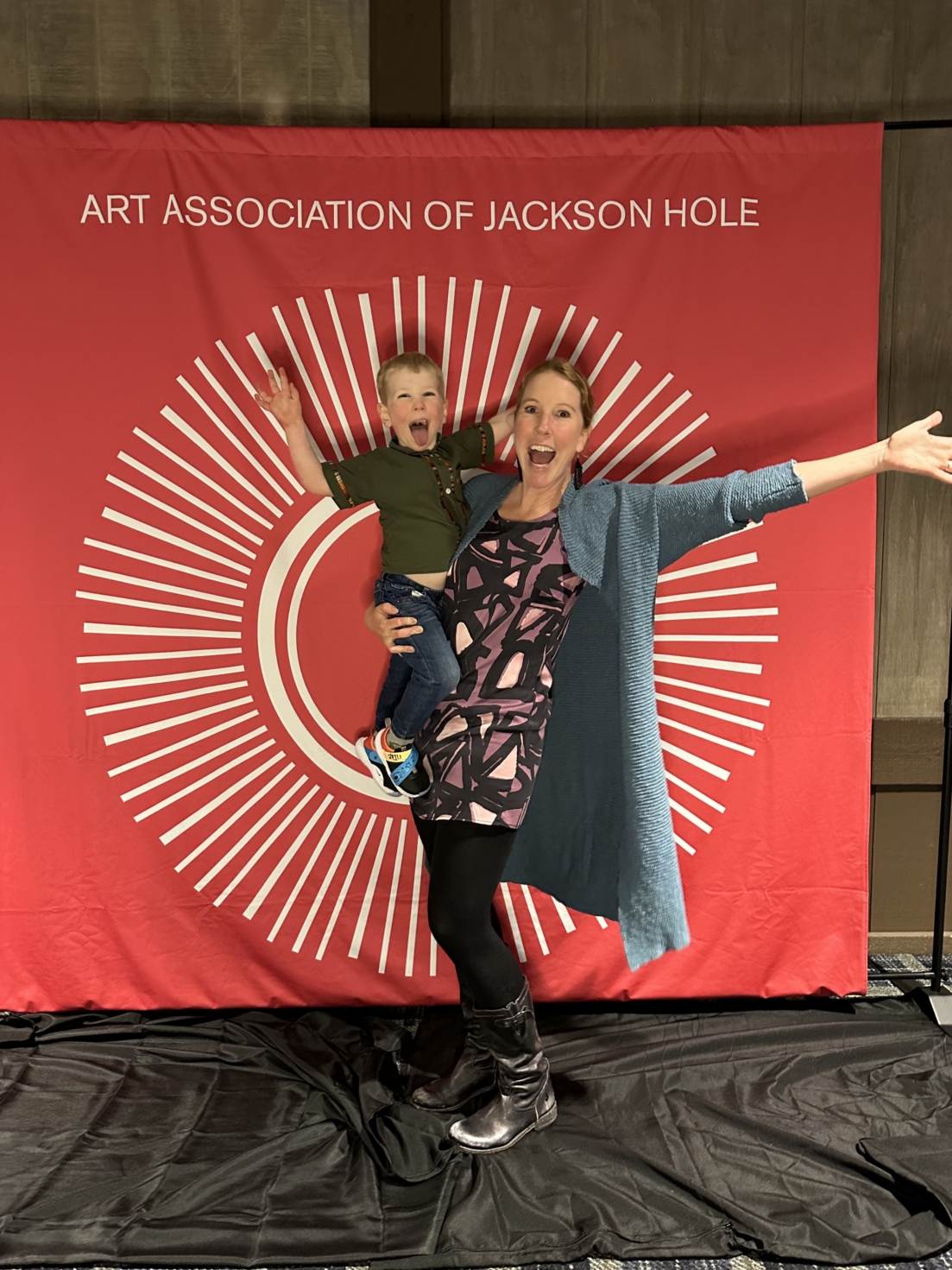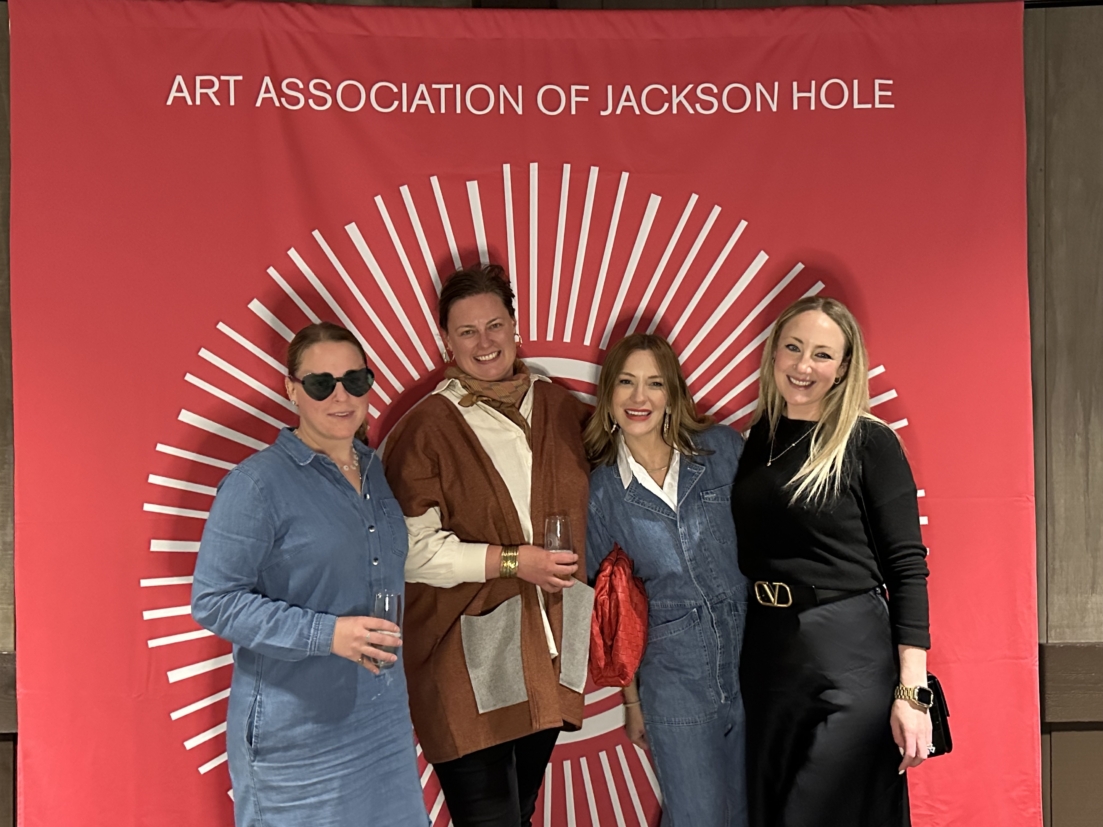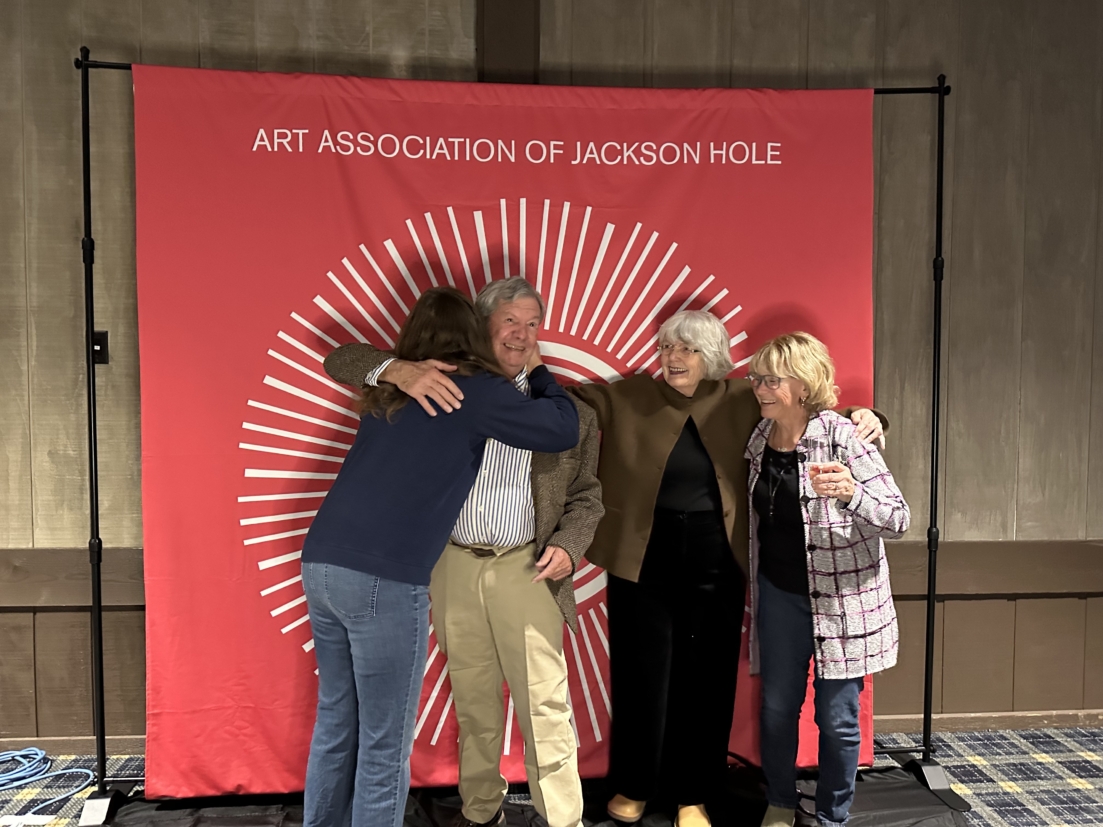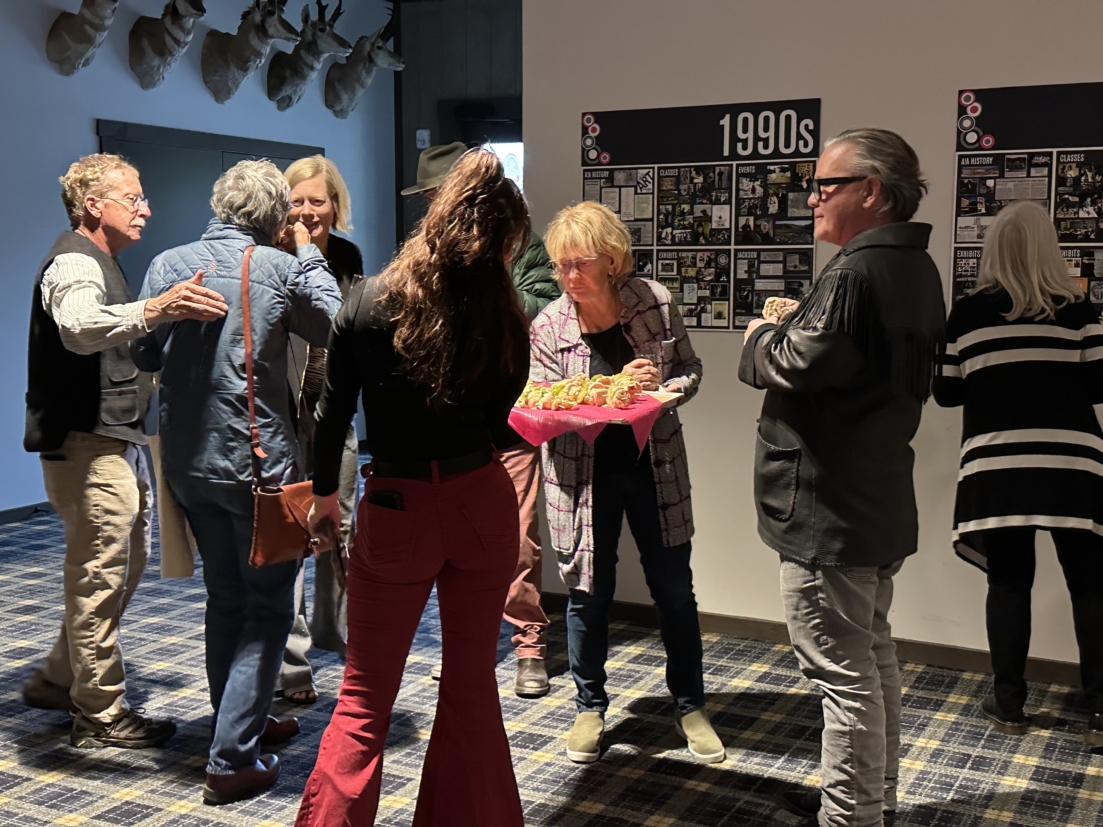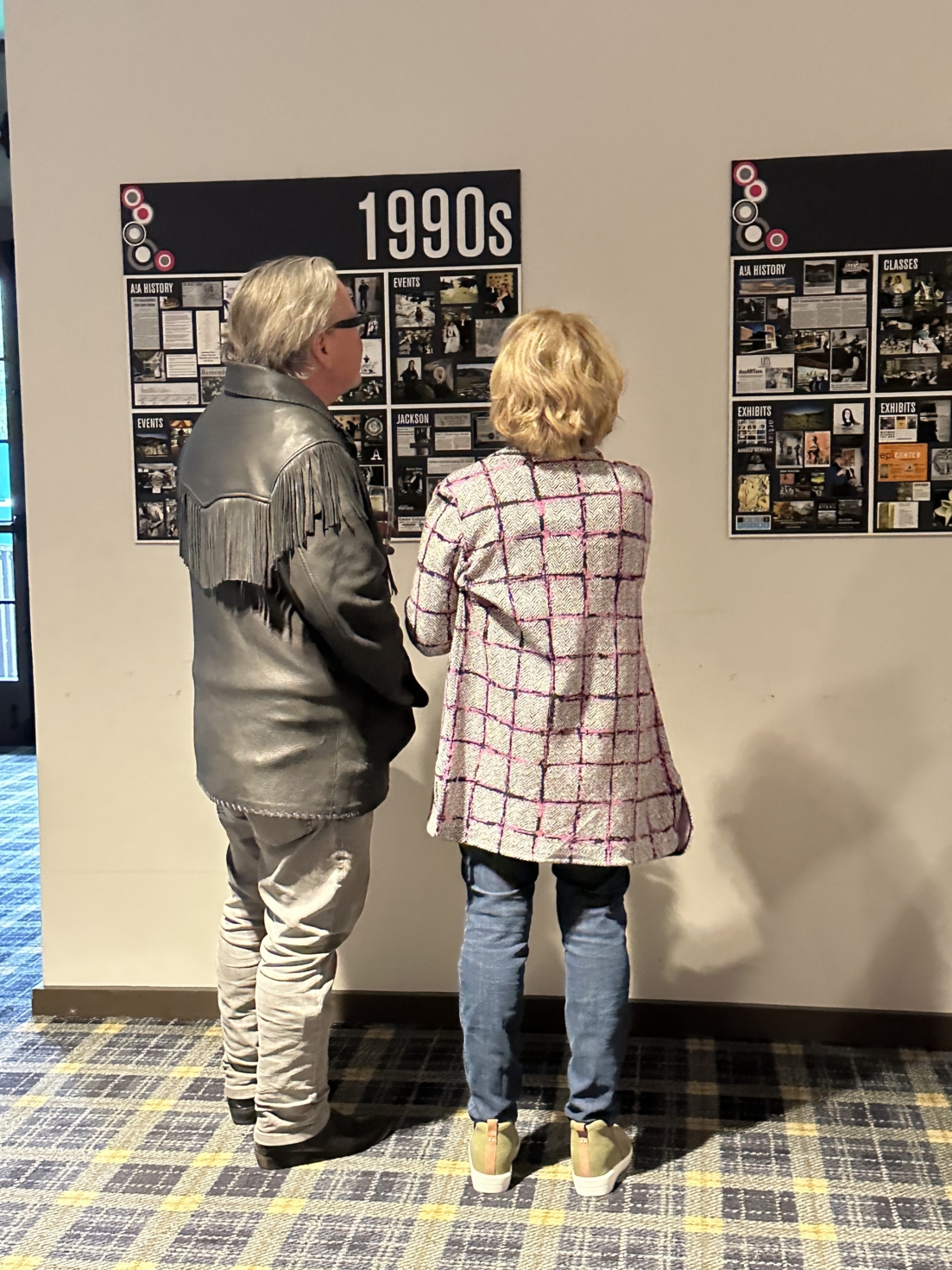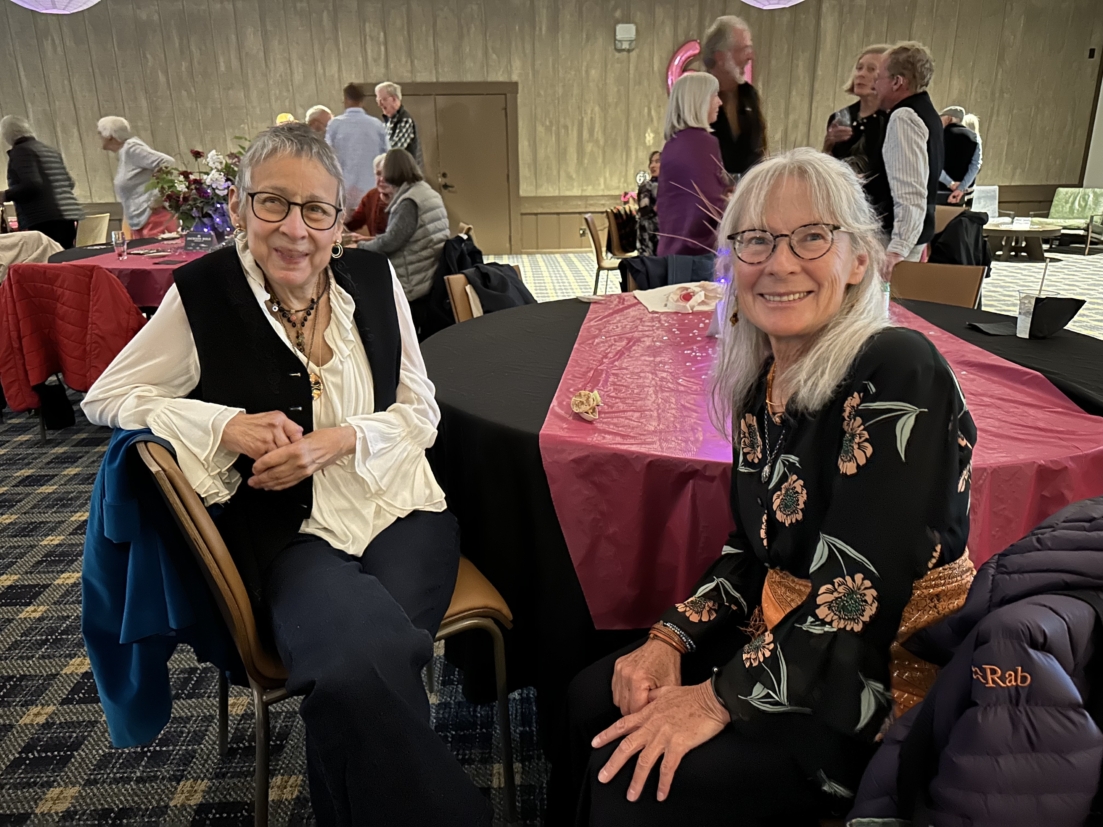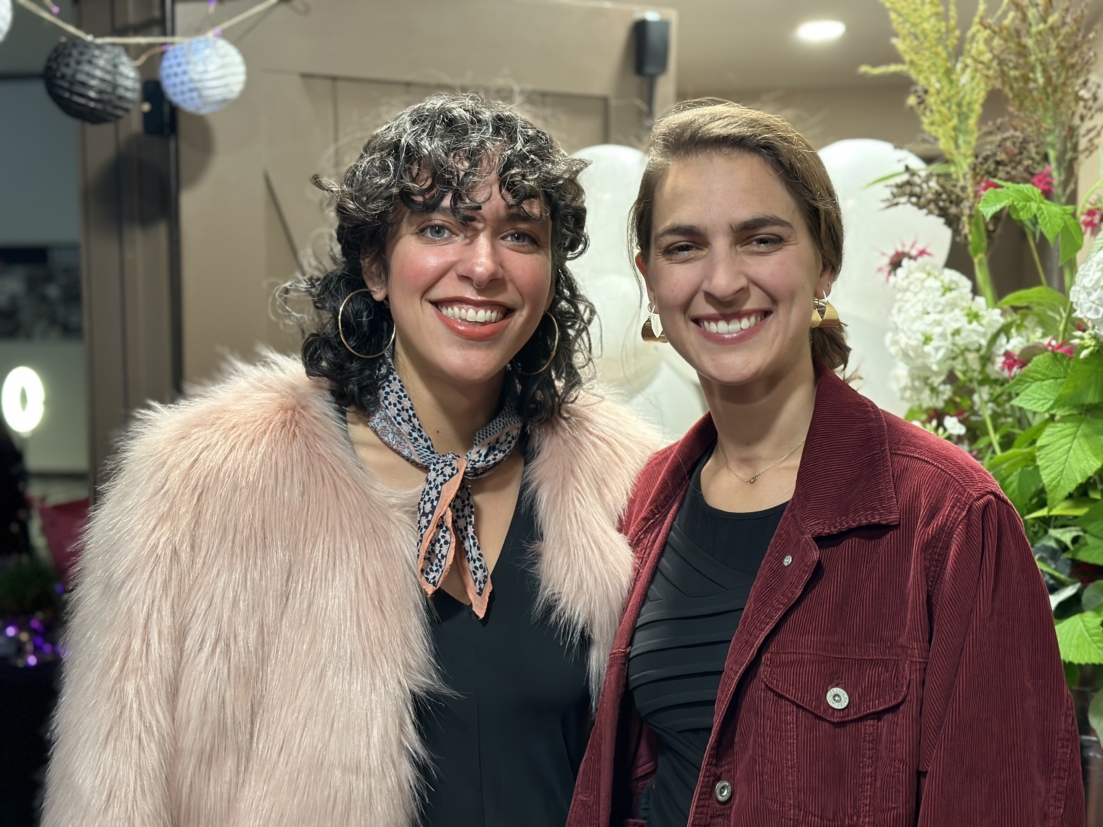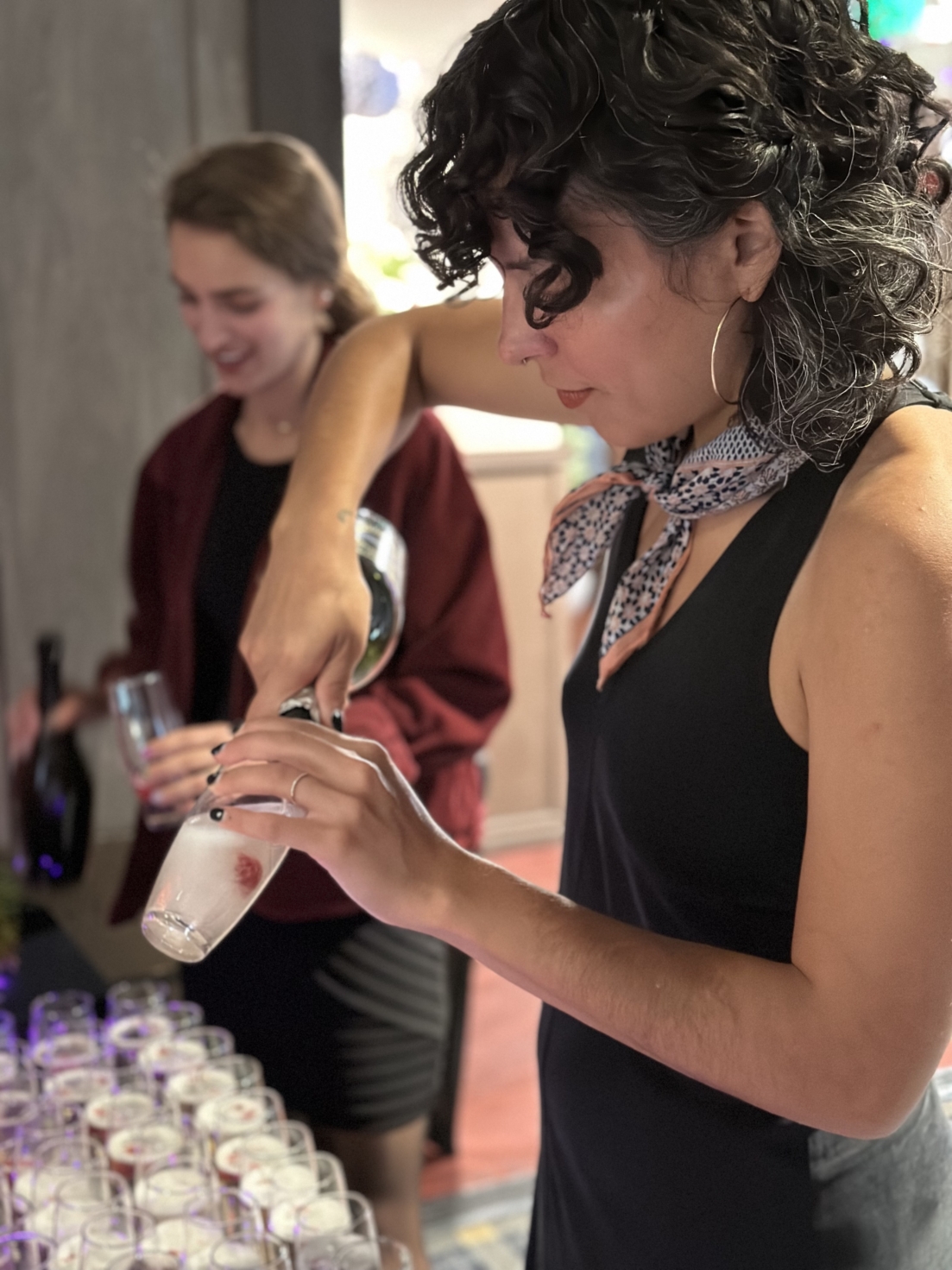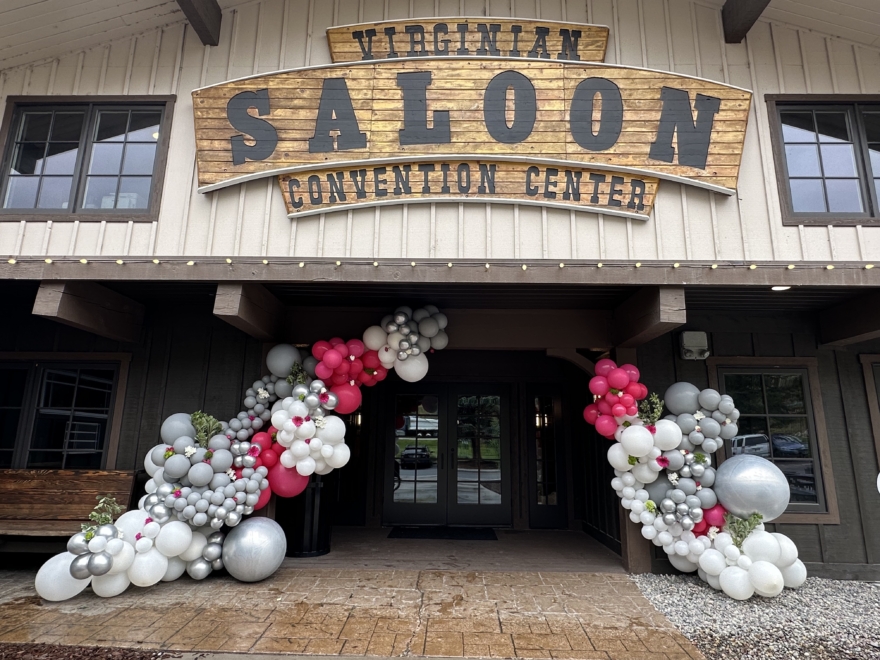
On the evening of September 22, 2023, the Art Association of Jackson Hole celebrated 60 years of being the oldest visual arts nonprofit organization in Jackson, Wyoming. The guests entered through a festive archway made of balloons that of course followed the identifiable hot pink color scheme. The theme was the 60s, so many adorned bell bottom pants and nostalgic jewelry. DJ Crayon played era music, and as the night progressed, more folks congregated on the dance floor. Delicious 60s themed hors d’oeuvres from Knotty Apron were shared throughout the evening, and the champagne sparkled like the sequins dotting the tablecloths. Conversation flowed throughout the night among guests. Attendees included artists, board members, parents of art students, staff, art lovers, long time residents of the community, and so many more. What joined everyone together was an immense appreciation for the arts and more specifically a shared excitement in celebrating the legacy and future of the Art Association of Jackson Hole.
Thank you to everyone who made this night possible, especially our largest sponsor Jackson Hole Jewelry Company. Also special thanks to our additional sponsors including Taylor Piggott Gallery, First Interstate Bank, National Museum of Wildlife Art, Graze Garden and Home (for their beautiful floral arrangements), and of course the beautiful venue of the Virginian Lodge. To continue supporting the Art Association and get your holiday shopping done at the same time, shop at Jackson Hole Jewelry Company this October and 10% of your purchase will be donated to our nonprofit if you choose the Art Association online or in-person at checkout.
Thank you to our event attendees, many of whom fill our classrooms, use our studio spaces, and most importantly – make art with us! The Art Association thrives because of our supportive and incredibly creative community that we have worked to serve for the past 60 years. Together we can continue this legacy so that the Art Association of Jackson Hole remains a place where everyone can feel at home. Making art makes Jackson whole!
Children’s brains are like sponges. Studies show that between the ages of 2-7, children’s brains absorb information quite rapidly. Throughout formal education, youth are bombarded with new ideas in all different subjects. This period of absorption is critical for development, but so is the act of releasing. It can be an incredibly cathartic and empowering experience for a child to create rather than being on the receiving end.
Many people are starting to realize the power that art education has on youth. In fact, 91 percent of Americans believe that the arts are vital to providing a well-rounded education. The Brookings Institution conducted a large-scale study of over 42 elementary and middle schools that examined the sustained reinvigoration of school-wide arts education. They found that “a substantial increase in arts educational experiences has remarkable impacts on students’ academic, social, and emotional outcomes. Students in the study receiving arts education experience “a 3.6 percentage point reduction in disciplinary infractions, an improvement of 13 percent of a standard deviation in standardized writing scores, and an increase of 8 percent of a standard deviation in their compassion for others.” When they restricted analysis to elementary schools, they found that “increases in arts learning positively and significantly affect students’ school engagement, college aspirations, and their inclinations to draw upon works of art as a means for empathizing with others” (Brookings). These findings support the message that art education is vital to a child’s well-being and development. The benefits of art can be seen in quite a number of different ways.
Builds skills both physically and academically
Creating art improves children’s fine motor skills and develops their creative problem-solving skills. Simple acts such as cutting paper, gluing, or finger painting helps children become independent thinkers and aids in developing coordination. Building these skills helps with academic achievement. In fact, a report from Americans for the Arts concluded that children who regularly engage in artistic activities are four times more likely to be recognized for academic achievement. Outside the world of academia, these skills are beneficial to children outside the classroom as well.
Creates a sense of self
Many children struggle with finding their own voice and identity, which is a natural process of growing up. When a student engages with the creation of art, they are responsible for the outcome, and the process it takes to get there. By being put in the driver’s seat of creation, they learn more about their likes, dislikes, style, and overall personal identity. It can be easier for youth to form their identity in a visual way rather than trying to make sense of the twirling turbid thoughts of adolescence. According to the International Child Art Foundation, “Research indicates that a child who is exposed to the arts acquires a special ability to think creatively, be original, discover, innovate, and create intellectual property—key attributes for individual success and social prosperity in the twenty-first century.”
Expression beyond words
Not everyone finds it easy to express themselves vocally or through writing, and that’s okay. Art is an outlet for expression, especially in children who oftentimes have to cope with uncontrollable situations and strong emotions that can be overwhelming. For little ones who don’t yet have the vocabulary to express themselves with words, art is their voice. Even older children who have the vocabulary oftentimes prefer to speak through art. Every human has a different way of sharing what they are feeling, and art can be an incredibly helpful medium for expression.
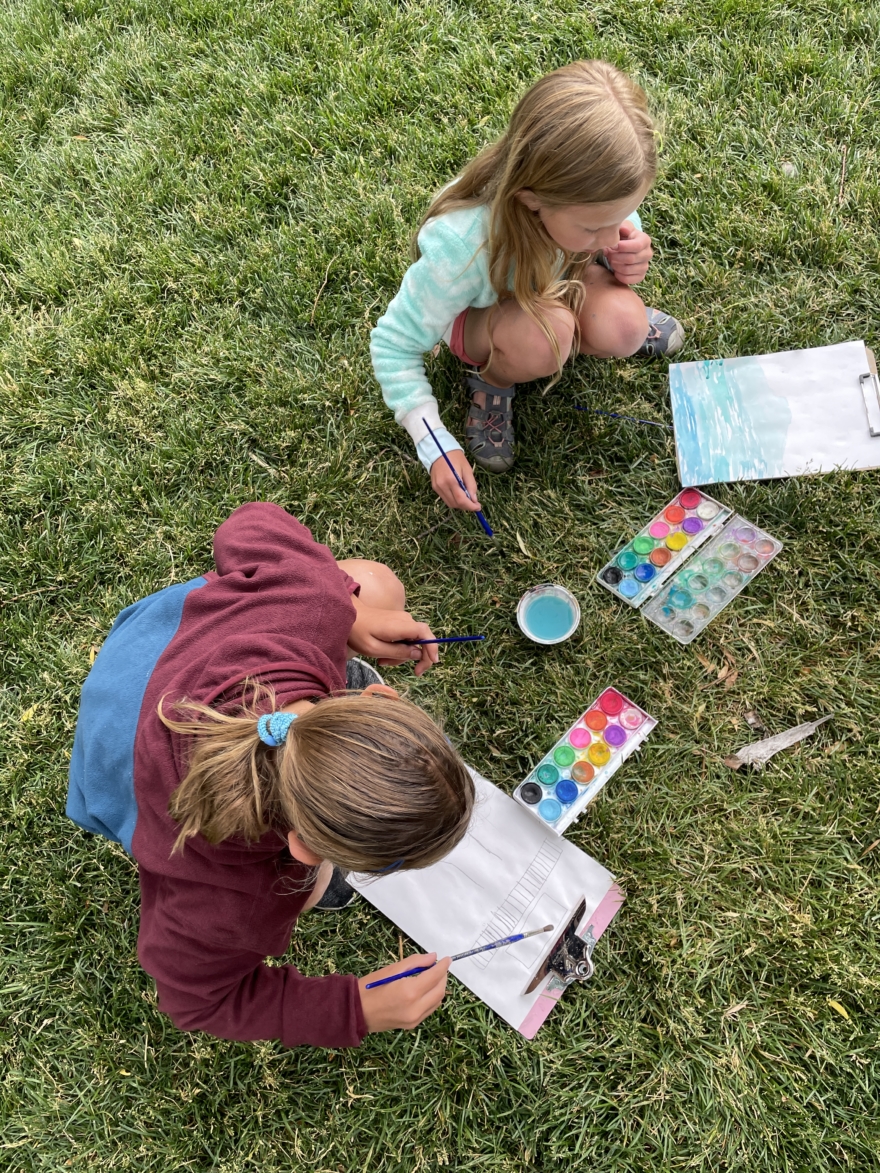
Many can think back to an art project they did when they were younger. My memory is of a scratchboard of a wolf. I remember each stroke of the tool used to detail the individual hairs on the creature. I went on to make scratchboards of many different animals, mostly ones that could be found out west in the wide array of public lands. Today, I find myself in Wyoming, still admiring the animals I used to create, but now seeing them in the flesh. As with many of the activities we engage with in youth, art can shape where we go, what we do, and how we interact with the world around us.
As one creates art, it simultaneously moves, shapes, builds, and transforms the self. What can a child take from engaging in art? The answer is different for every child, but most often centers around a greater understanding of the self, and the world around them.
Enrich your child’s development by not only making art accessible to them, but also putting them in environments that foster a growth and creativity mindset. This week Wednesday, February 8th, Youth Class Registration for the Spring 2023 begins. At this time, parents can register their children for after school classes and Spring break camps. Don’t wait too long, since classes fill up fast!
